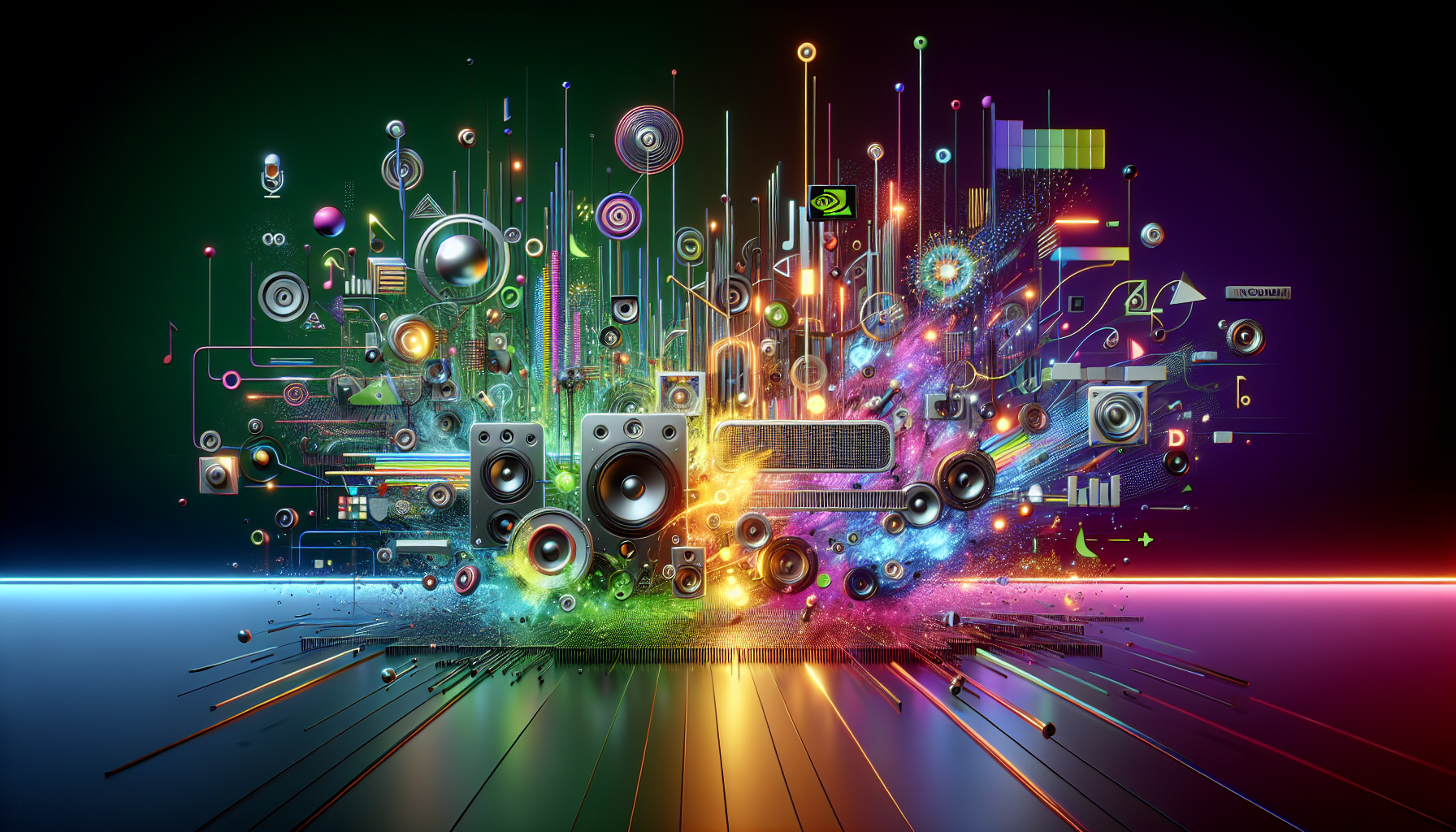
Fugatto: The New Maestro in AI Audio
Nvidia’s Fugatto is the latest and most whimsical AI model designed to serenade the entertainment and music industries with its audacious audio capabilities. This sound virtuoso is not just a jack-of-all-trades but possibly a whole orchestra contained within one digital domain. With Fugatto, the name derived from Foundational Generative Audio Transformer Opus 1, your ordinary sounds are about to take an extraordinary turn.
A Symphony of Capabilities
Fugatto has been dubbed the world’s most flexible sound machine, and not without reason. It can whip up never-before-heard sounds, like a trumpet barking or a saxophone working on its meow. While this probably won’t appease the traditionalists among us, it certainly piques curiosity. From music to audio prompts, Fugatto emerges as a sonic magician, ready to transform the mundane into magical soundscapes.
Crafted by maestro developers over a year, this model was honed on a substantial ensemble of audio samples, thanks to the synergetic power of Nvidia DGX systems teaming up with a whopping 32 Nvidia H100 Tensor Core GPUs. The researchers orchestrating this symphony came from various corners of the globe, with representation from India, Brazil, and even South Korea, showcasing that creativity truly knows no bounds.
The Creative Crescendo
A global team means global capabilities. Fugatto is fluent in more than just sounds; it’s a polyglot, adaptable across accents and languages, making it a dream tool for those dabbling in multilingual audio creation. Visualize snapping your fingers and having sounds tailored for specific regions or emotions—advertisers, musicians, and film directors, do sit up and take note.
Perhaps the pièce de résistance of Fugatto’s offerings is its ComposableART technique, allowing the harmonious melding of multiple instructions during sound generation. This key feature offers a nuanced control over the auditory experience. Whether it’s evoking a storm’s timbre as it rumbles across the sound stage or a piano piece delicately intertwining with nature’s chirps, there’s no shortage of possibilities.
The Crescendo of Concerns
Despite its melodious potential, Fugatto’s introduction has stirred more than a few dissonant notes. Concerns abound; could this digital impresario replace human artists, the hands that have historically shaped creative industries? It’s a question echoing from recording studios to art institutions alike. Additionally, the legal chorus has entered the fray, fearing AI’s potential for generating rogue content that might infringe upon copyrights.
Nvidia is navigating these treble-heavy waters with caution, aligning themselves with tech titans like OpenAI and Meta in hesitating to release Fugatto fully into the public domain. The fear of AI being used to compose inappropriate or unauthorized works remains a daunting prelude. Still, not all reception is glum; some see Fugatto’s advancement akin to the historical titans of music tech, like the piano or the electric guitar—a catalyst for change and creativity.
It seems Nvidia’s Fugatto has positioned itself as the new composer in town, orchestrating an intriguing future for the marriage of AI, music, and technology. Whether it becomes a tool of empowerment or the score of controversy remains a tune the future shall play.






